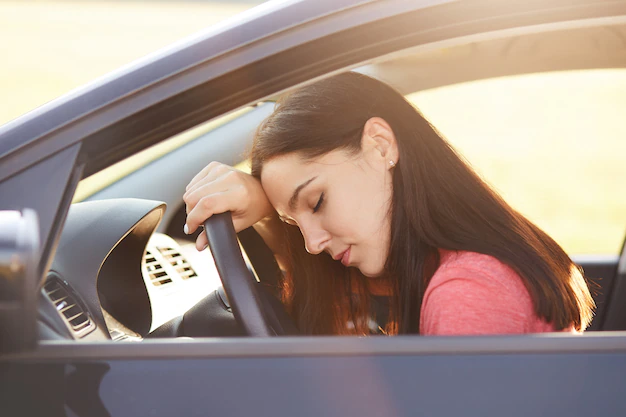DWD: Driving While Drowsy

DWD (Driving While Drowsy) is a serious issue that affects many people on the roads. Driving while drowsy can be just as dangerous as driving while under the influence of drugs or alcohol. Drowsiness can cause drivers to have slower reaction times, impaired judgment, and decreased awareness of their surroundings.
According to the National Sleep Foundation, drowsy driving is responsible for over 100,000 car crashes each year in the United States alone. Drowsy driving can happen to anyone, but some people are more at risk than others. These include people who do not get enough sleep, shift workers, commercial drivers, and those with sleep disorders.
To prevent drowsy driving, it’s important to get enough sleep and take regular breaks during long drives. If you feel drowsy while driving, pull over to a safe location and take a short nap or stretch your legs. Avoid driving during hours when you would normally be sleeping, and be aware of the signs of drowsiness, such as yawning, blinking frequently, and difficulty focusing.
It’s important to take drowsy driving seriously and to take steps to prevent it. If you or someone you know is struggling with drowsy driving, seek help from a medical professional or a sleep specialist.
